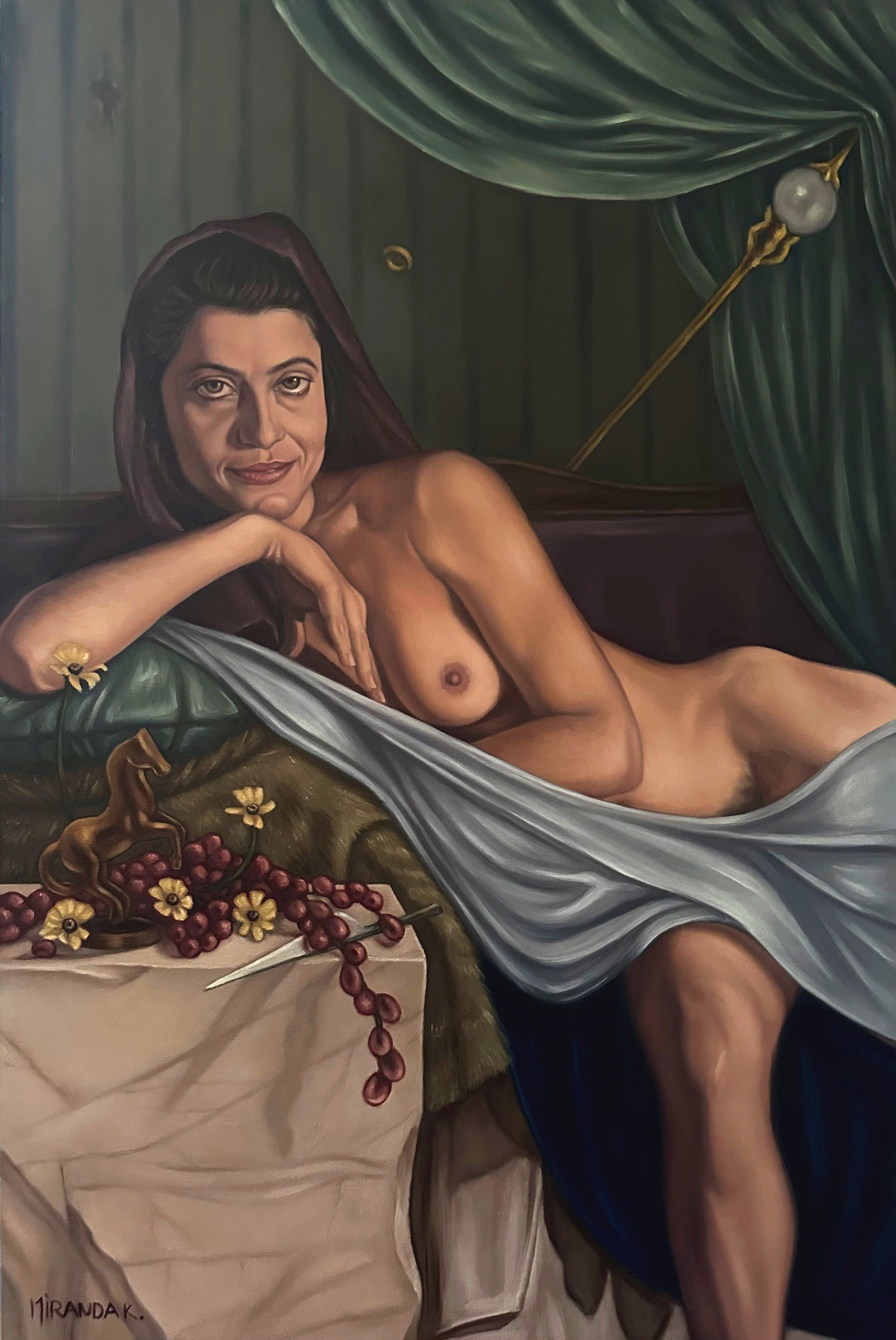Patterns of Life
Plato’s Republic ends with a striking myth about the role reflection plays in shaping the content of one’s life. The Myth of Er describes a journey through the afterlife that begins with a thousand years of rewards or punishments based on how justly a person lived on earth, and ends with the selection of a new life. Near the end of their journey, the deceased approach Lachesis, the third fate, and must choose from an abundant selection of patterns of lives that are laid out before them. Many choose based on their most recent experience of rewards or punishments in mind: Those who were punished opted to live just lives, and those who were rewarded opted for unjust lives.
The challenge, to Socrates, is choosing a life that is choice-worthy in itself, independent of one’s more recent experiences and impulses. Socrates describes a person who chooses well. They will “be a seeker and student of that study by which he might be able to learn and find out who will give him the capacity and the knowledge to distinguish the good and the bad life…From all this he will be able to draw a conclusion and choose—in looking off toward the nature of the soul—between the worse and better life…” (Republic, 618c-d). Reflection is a key tool in choosing a good life, based on an assessment of what a life looks like in itself rather than listening to the noise of impulse and experience, but the answer still remains: what is a good life?
Patterns of Life is a collection of oil paintings that will walk its viewer to Lachesis’ lap and invite them to reflect on a selection of lives and decide for themselves what is choice-worthy. Extending beyond Plato, this collection will propose lives that are contemplated by many philosophers across time, from the ancients, to the moderns, to postmodern thinkers. Each painting will represent a pattern of life, and will invite its viewer to contemplate its content. The first of this series, titled Gyges, comes from an earlier passage in Plato’s Republic.
Gyges, oil on canvas. 24x36 (2025).
The story of Gyges, as described by Glaucon, Socrates’ interlocutor, is a tale about justice. Gyges is a shepherd who finds a golden ring inside a bronze horse buried in the ground. He puts it on and, upon discovering its power to turn him invisible, immediately contrives to seduce the queen of Lydia and, with her aid, overthrow the king. Glaucon uses this tale to argue that just acts are for public utility, and, if given the chance to obscure one’s actions, individuals would vie for power, riches, and influence by any means necessary.
Gyges’ tale is not limited to Plato’s Republic; it also has an alternative telling in Herodotus’ Histories. Here, Gyges has no power of invisibility, but is a guard to king Candaules. Candaules, boasting of his wife’s beauty, invites Gyges to peer into her room through a hole in the wall and see her beauty unhindered by clothing. Gyges reluctantly follows orders, but is coyly spotted by the queen. She later threatens Gyges to either help her overthrow her husband, or die. He gains his power in this telling with reluctance, under the will of a powerful queen.
Two different versions, with two different queens. In Glaucon’s telling, the queen is merely a pawn in Gyges’ pursuit of power; in Herodotus’, she is its architect. Nonetheless, both the shepherd and the guard must succumb to seduction before they ascend to tyranny. The queen lounges as a symbol of unbridled passions and lust for power. Is she the means to an end, as the shepherd saw her, or is she perhaps an end in herself? She looks out to her viewer with a knowing glance, unable to share her truth.
